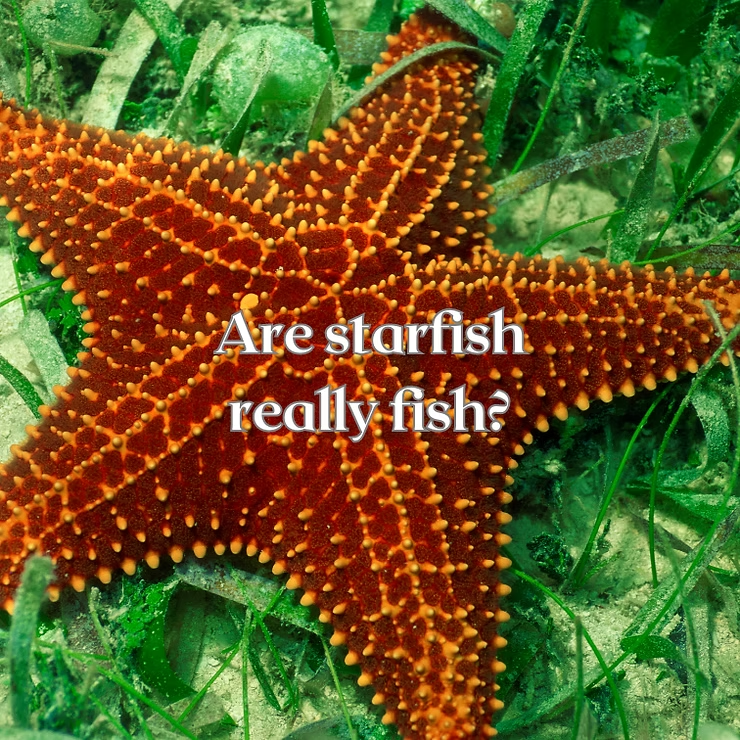Introduction
Starfish are fascinating marine creatures that spark curiosity with their unusual appearance and surprising abilities. Despite their name, starfish are not fish but echinoderms, closely related to sea urchins and sand dollars. They thrive in diverse ocean habitats, contributing to ecosystems while captivating scientists, artists, and storytellers alike.
Key Takeaways
- Starfish are echinoderms, not true fish.
- They have radial symmetry, tube feet, and a central disc.
- Starfish can regenerate lost limbs and even entire bodies.
- They detect light, chemicals, and vibrations through specialized senses.
- Starfish serve as both predators and prey in marine ecosystems.
What Exactly Is a Starfish?
The Misleading Name
Despite their common name, starfish are not fish at all. Unlike fish, they lack gills, fins, and backbones. Instead, they possess a water vascular system that powers their tube feet for movement and feeding. Their closest relatives are sea urchins and sand dollars, making them remarkable examples of echinoderm diversity.
Starfish Anatomy
Starfish have a central disc that houses vital organs, from stomachs to reproductive systems. Radiating from the disc are arms equipped with tube feet that allow slow crawling, prey capture, and sensory detection. Their most astonishing trait is regeneration: a lost arm, and in some cases even part of the disc, can grow into a new starfish.
Starfish vs. Fish
Unlike streamlined fish that propel themselves with fins, starfish use tube feet to crawl. Fish reproduce by laying eggs, while starfish employ external fertilization and regeneration. Diet also differs—fish consume varied foods, while starfish specialize in mollusks like clams and oysters, digesting them externally with an everted stomach.
Not Your Typical Fish
Starfish Movement
Starfish move using hundreds of tiny tube feet tipped with suction cups. This method is slow but effective, enabling them to cling to rocks and pry open prey shells. In contrast, fish move swiftly through water using fins and tails.
Starfish Reproduction
Starfish reproduce both sexually and asexually. Sexual reproduction occurs through external fertilization, while asexual reproduction happens via regeneration or fragmentation, where parts of their body can grow into entirely new individuals.
The Amazing Abilities of Starfish
Regeneration Superpowers
Few creatures rival the regenerative power of starfish. They can rebuild lost arms, central discs, and even organs. Though regeneration takes months or years, it allows survival in predator-rich environments.
Starfish Senses
Starfish lack eyes and ears but detect light, chemicals, and vibrations using sensory cells and chemoreceptors in their tube feet. These adaptations help them find food, mates, and navigate the ocean floor.
Camouflage Techniques
Starfish employ color change, texture mimicry, and body shape alteration to blend into coral reefs, rocks, and sandy beds. These camouflage abilities help them avoid predators and increase survival chances.
Starfish in Popular Culture
Art and Mythology
Starfish inspire paintings, sculptures, and symbolic roles in myths. Ancient Greeks saw them as fallen stars, while Norse traditions linked them to Freyja’s golden tears. In modern times, they appear as icons of renewal and beauty.
Movies and Media
From Finding Nemo’s Peach to Patrick Star in SpongeBob SquarePants, starfish have become pop culture favorites, blending science with entertainment and humor.
The Importance of Starfish in Ecosystems
As Predators
Starfish consume mollusks and crustaceans, keeping populations in check. Their unusual feeding method—extending their stomachs outside their bodies—demonstrates their specialized ecological niche.
As Prey
Despite their strength, starfish fall victim to fish, birds, and crabs. They defend themselves through arm detachment and regeneration, but human activities such as pollution also pose growing threats.
Starfish and Coral Reefs
By controlling mollusk populations, starfish prevent overgrazing of coral reefs. Their role in nutrient cycling further sustains reef biodiversity, making them essential guardians of marine ecosystems.
Conclusion
Starfish defy expectations. They are not true fish but echinoderms with extraordinary abilities—from regeneration to camouflage. Beyond their biological marvels, they play essential ecological roles as predators, prey, and reef protectors. Their cultural and scientific significance continues to inspire awe, reminding us that the ocean is filled with wonders beyond imagination.
Frequently Asked Questions
- Are starfish really fish? No, they are echinoderms, not true fish.
- Do starfish have gills? No, they rely on a water vascular system.
- How many arms do starfish have? Usually five, though some species have more.
- Can starfish regenerate limbs? Yes, they can regrow lost arms and even entire bodies.
- What do starfish eat? Mostly mollusks such as clams and oysters.
- Do starfish have eyes? Not true eyes, but light-sensitive cells at the tips of their arms.
- Can starfish swim? No, they crawl using tube feet rather than swimming.

